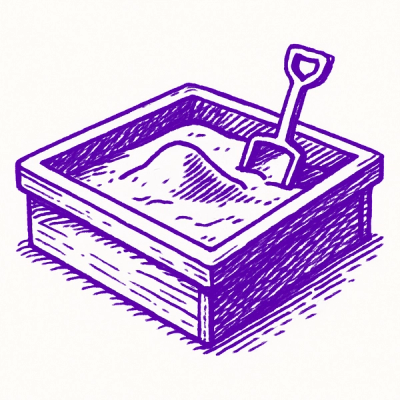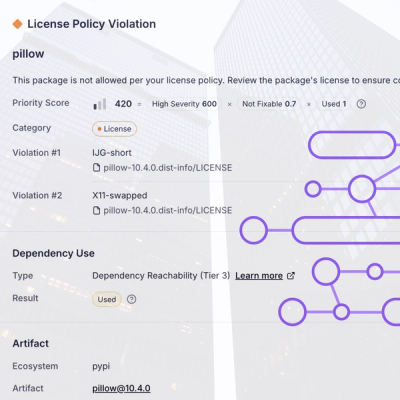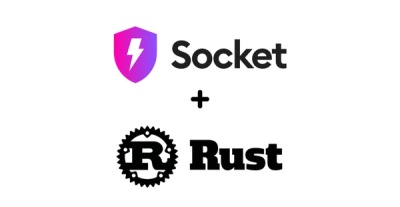
Research
/Security News
Critical Vulnerability in NestJS Devtools: Localhost RCE via Sandbox Escape
A flawed sandbox in @nestjs/devtools-integration lets attackers run code on your machine via CSRF, leading to full Remote Code Execution (RCE).
github.com/bevansmath/socialserver

The main goal of the social-server is to provide a new or existing user a place to create posts and update their profile information. The main.go file first initializes a server client over HTTP and sends a 200 ok with a JSON payload once created. The main.go file calls the database to create and write to the database file in the internal directory. The user on the other end has the option of creating a profile and a post once they have explored the hypothetical application. The internal/database file houses the methods needed to create, update, and delete user profiles and posts, given some credentials. Unit tests were created to test invalid profile creation and update requests.
This project is part of a personal project I chose on the boot.dev platform. I chose this project to gain a comprehensive understanding of HTTP and database management concepts, which solidified my understanding of the Go programming language. This project has many possible extensions, including but not limited to refactoring the database architecture, and creating a front-end application to complete the application.
Download the binary from the github repository
go install github.com/BevansMath/SocialServer@latest
then build from the source code
git clone git@github.com:BevansMath/SocialServer.git
cd SocialServer
go build && ./SocialServer
The code provided should start a host server on port 8080. You can make calls to the server through API calls or through your local environments REST API.
Future plans for this repository include, but are not limited to:
I invite collaborators to find ways to update and improve the code through forking with the code, or submitting issues through GitHub. Please ensure that your tests pass, as well as the existing tests in the code. Please submit all code changes to the main (master) branch.
FAQs
Did you know?

Socket for GitHub automatically highlights issues in each pull request and monitors the health of all your open source dependencies. Discover the contents of your packages and block harmful activity before you install or update your dependencies.

Research
/Security News
A flawed sandbox in @nestjs/devtools-integration lets attackers run code on your machine via CSRF, leading to full Remote Code Execution (RCE).

Product
Customize license detection with Socket’s new license overlays: gain control, reduce noise, and handle edge cases with precision.

Product
Socket now supports Rust and Cargo, offering package search for all users and experimental SBOM generation for enterprise projects.